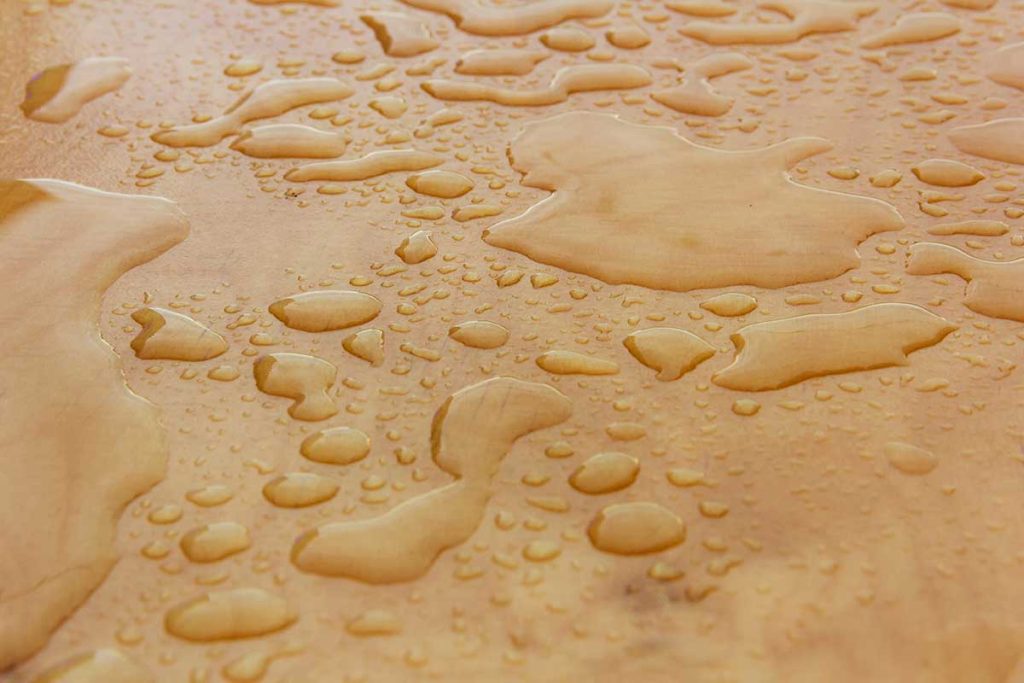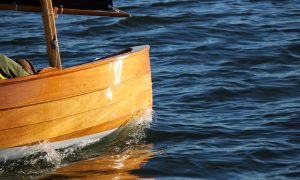The Difference Between BWP and BWR Plywood
Termites and moisture are two main causes of wood deterioration, so you should check the strength of plywood before buying it. BWP and BWR are both considered superior in these respects, but some of them have slightly different advantages. This article discusses the benefits of each type and their price ranges. To find out which is right for your project, read on! We’ll also talk about the cost, strength, and rot resistance.
Cost
Boiling waterproof (BWP) and boiling water-resistant (BWR) plywood are both exterior-grade wood products. BWP is made from high-quality phenolic resins, which are resistant to water. BWR uses specific chemicals to bond the veneers together. Because of their water resistance and strong bonding, both types of plywood are suitable for interior and exterior uses. This article will compare the cost of BWP and BWR plywood.
Boiling waterproof plywood is typically higher priced than its counterpart, but it has several benefits. It has the highest resistance to moisture and boiling water. BWP plywood also resists termites. The only drawback is the high price. The price of BWR plywood is approximately 70 cents per square foot. When comparing costs, it’s worth highlighting the benefits of each.
Although BWP and BWR plywood are similar in price, they come with different guarantees. BWP is more water resistant and has guaranteed performance. It is typically 4mm to 19mm thick. It’s perfect for exterior, marine, and waterproof uses. Other types of plywood often contain voids between inner plys. BWR is generally more expensive than BWP. If your budget is limited, you should opt for BWR.
When comparing the two types of plywood, you need to decide whether you need BWP or BWR. BWP is stronger than BWR, and is often the better choice for outdoor applications. It is more resistant to water, so it is suitable for outdoor applications and is less prone to termites. And it holds screws much tighter than MDF, making it better for a variety of projects.
Both BWP and BWR plywood are suitable for homes and offices. Both are made of three to four layers of veneers and bonded with phenolic glue. BWR is more expensive than BWP, but the advantages outweigh the price. And since both varieties are marine-grade, you can rest assured that your home will be protected. But the question remains, “What’s the difference between BWP and BWR plywood?”
The price of 19mm thick BWR grade plywood is higher than the cost of MR-grade plywood. But it still costs significantly less than solid wood. For the same size and thickness, 19mm BWR-grade plywood will cost you between Rs83 and Rs105 per square foot. Depending on the grade, type, and number of veneer layers, BWP-grade plywood will be less expensive than BWR.
The quality of plywood is directly correlated with its number of ply layers. Higher numbers of plies means stronger plywood. But higher quality also means higher production costs. For instance, a 16mm 18mm BWP-grade plywood with fifteen plies is stronger than one made from thirteen. And odd-number of plies reduces the chances of warping and deformation. However, higher numbers of plies usually mean a higher cost.

Strength
The strength of BWP and BWR plywood is determined by the combination of wood veneers of superior quality and non-extendable synthetic plastic resin. The synthetic resin increases the waterproofing properties of the plywood. The BWR grade plywood is made with a lower percentage of phenol-formaldehyde resin. Both types of plywood have similar properties, but the BWR version has better waterproofing capacity.
Although both types of plywood are durable, the two main differences in their strength make them less suitable for outdoor applications. BWP plywood is highly resistant to pests and termites. BWR-grade plywood, on the other hand, has a higher cost than BWP. BWP plywood has a higher density, which makes it more suitable for outdoor applications. But be sure to check the specifications of the plywood before you buy it!
If you are planning to build a wooden shed or a boat, the most suitable plywood for the purpose is BWP. Its water resistance and termite resistance are the best among all plywood types. However, BWP is also the most expensive option. It is also the most durable in case of water, termites, and moisture. So, it is best to choose the latter variant if you have a heavy wooden boat, or you don’t want to spend too much on it.
The difference between BWP and BWR plywood is largely based on how they’re used. BWP is best for outdoor use, while BWR is better for indoor applications. BWR plywoods are usually used as outer frames for boat-like structures. They are resistant to fire and water-spillages. However, the strength of BWP and BWR plywood is different. As a result, you must always buy a high-quality piece for outdoor use.
When it comes to water resistance, BWP and BWR plywood are an excellent choice for home or office furnishing. Because they have superior moisture resistance, they are ideal for bathrooms and kitchen cabinets. The high-quality phenolic resins in BWP plywood can prevent termites and pests. BWR plywood has no surface core gaps. Although BWP and BWR are both marine grade products, many homeowners are still confused. They are different in strength, but they are made the same way. Both types are glued together using high pressure and heat to give them strength.
As far as waterproofing properties go, BWP is the better choice when it comes to plywood. Its A grade phenolic resins and phenol formaldehyde adhesives make it waterproof. In addition, BWR is termite-proof. IS-303 specifies the quality of BWR plywood. In addition to waterproofing, BWP is also resistant to water and is a superior choice for outdoor furniture and wooden storage units.
Termite resistance
Both BWP and BWR plywood are water-resistant, strong materials. They are made of wood veneers of excellent quality and contain unextended synthetic plastic resin. The addition of Phenol-Formaldehyde further increases water-resistance of BWP plywood. Termites do not attack BWR plywood. However, this product is expensive. It is recommended that you buy BWP plywood for its termite resistance.
While BWR plywood is more water-resistant than moisture-resistant plywood, BWP is better suited to water-prone areas. BWR plywood also has greater termite resistance, as its glue is not diluted phenol-formaldehyde. BWR plywood is commonly used in the manufacturing of outdoor furniture, wooden storage units, and kitchen cabinets. For its termite resistance, BWP plywood is highly recommended for commercial buildings and high-moisture environments.
BWP and BWR plywood both have excellent anti-warp properties. Both have high-quality phenolic resins and are ideal for office and home furnishings. The surface core layer has no gaps or air gaps, making it perfect for termite-proofing. BWP and BWR plywood are often confused with one another. They are both exterior-grade waterproof blockboards and are often used in marine applications.
In addition to these two types of wood, BWP and BWR plywood are also water-resistant. These two wood materials are ideal for use in kitchens, bathrooms, and wall units. While BWR plywood is more expensive than BWP, it has a wide variety of uses, making it a great choice for many types of furniture. The choice of BWR and BWP plywood will depend on the furniture you need and your budget.
When choosing between BWR and BWP plywood, make sure you understand what they do and don’t do. The differences between the two kinds of plywood may surprise you. While BWP is a good choice for boat and ship construction, BWR is the best option for exterior environments. Its waterproofing properties and phenol formaldehyde adhesive make it an excellent choice for boats and ships.
Boiling Water Proof (BWP) and Boiling Water Resistant (BWR) are the most common types of waterproof blockboards and plywood. The BWR grade is slightly more expensive than BWP, and it is more durable. Generally, BWP and BWR plywood are not resistant to termites. While both types are waterproof, they are not resistant to termites and other pests.

